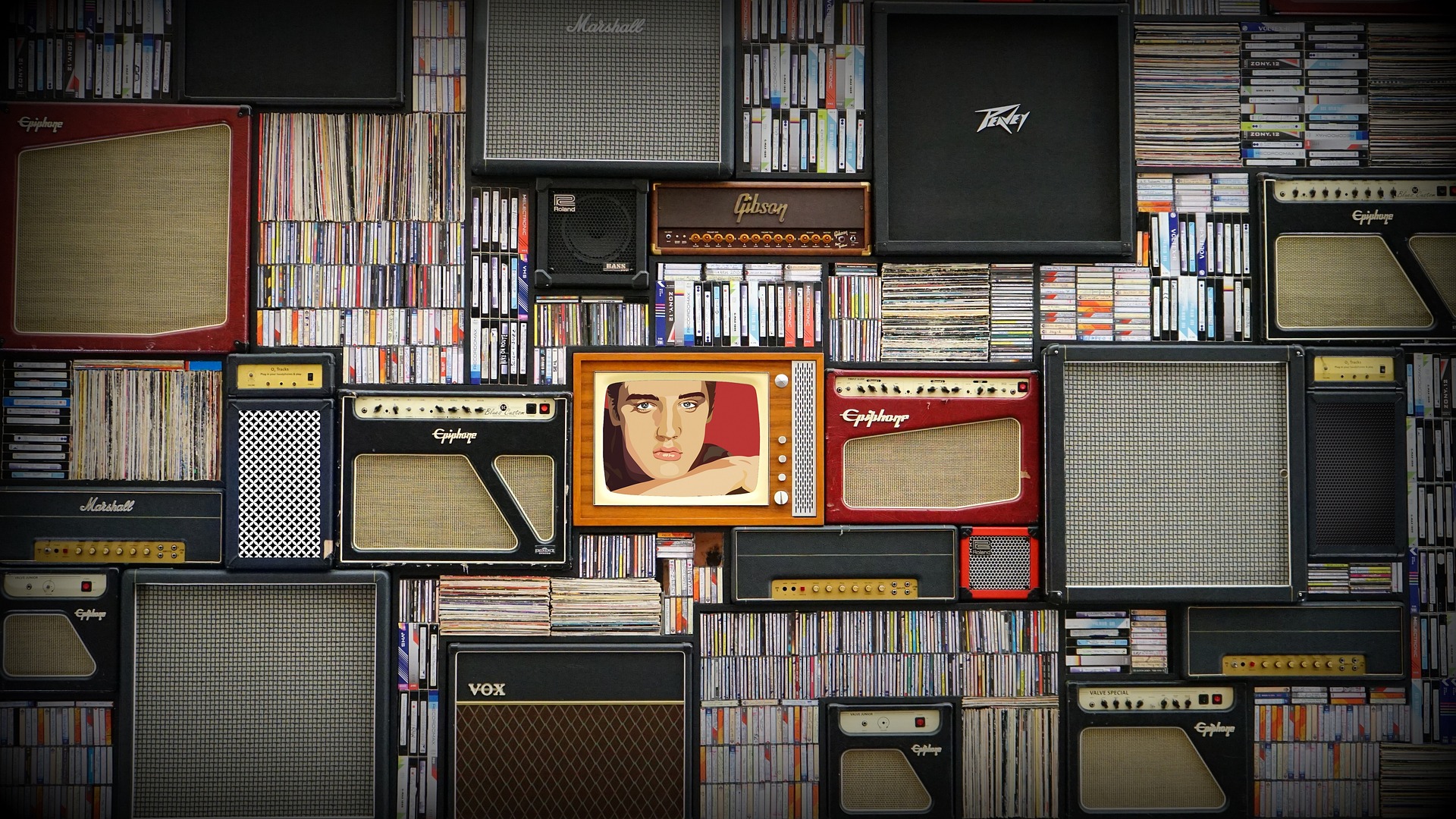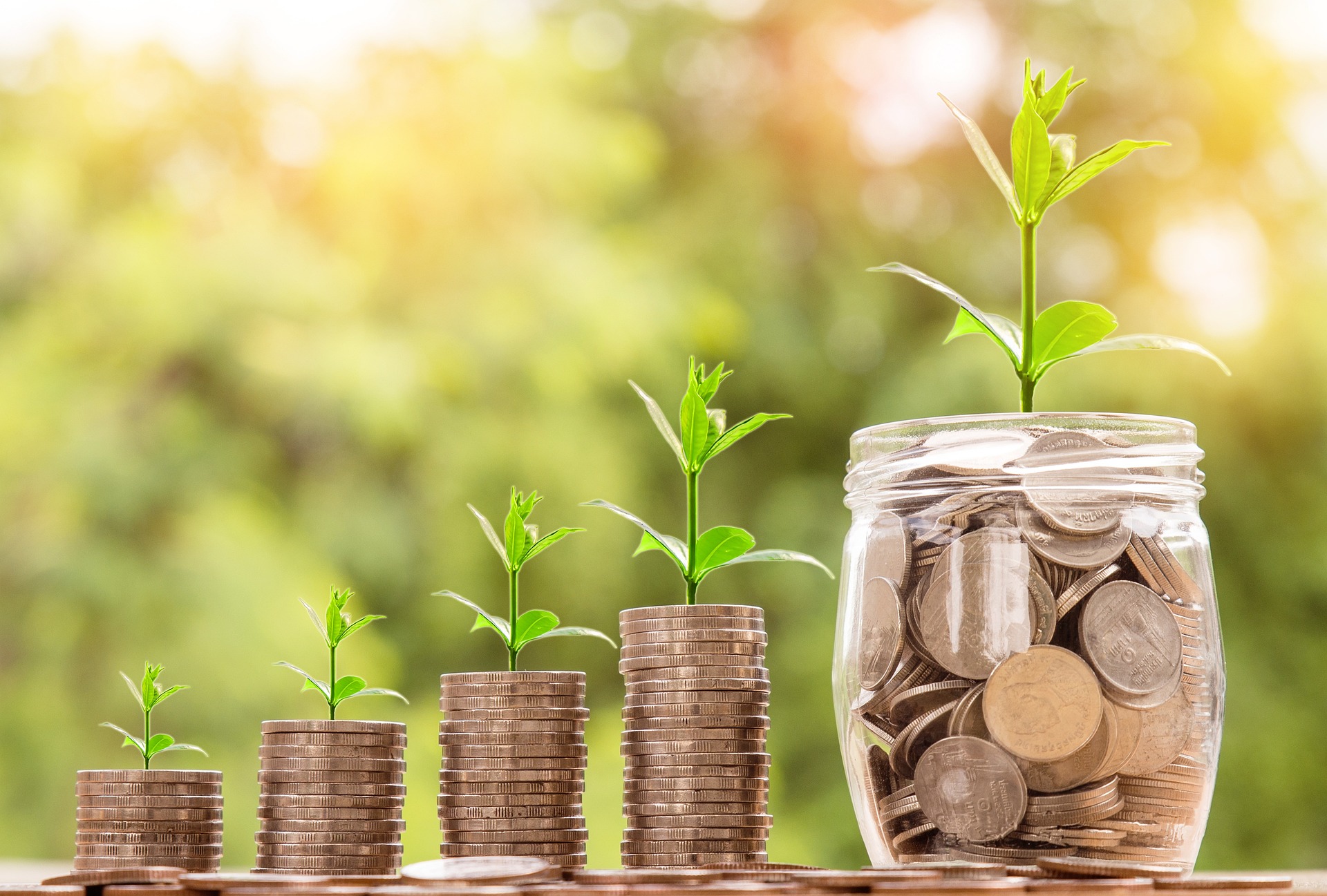"Eco-Art: A Green Movement in the Creative Landscape"
Art has long been a mirror reflecting society's concerns and aspirations. In the wake of growing environmental awareness, a new genre, Eco-Art, is emerging. This artistic movement integrates ecology, sustainability, and creativity, prompting a profound rethinking of our relationship with nature.

Eco-Art: A Green Canvas
Eco-Art, also known as Environmental Art, is a contemporary art form that addresses environmental issues and promotes sustainability. Born in the late 1960s, it has been gaining momentum in recent years due to increasing environmental concerns. The genre ranges from large-scale outdoor installations to smaller indoor exhibits, all highlighting the importance of ecological balance.
Trends in Eco-Art
Eco-artists use a myriad of methods to convey their message. They often utilize natural materials, collaborate with scientists, or create installations in nature that evolve over time. Some artists, like Andy Goldsworthy, use transient and ephemeral materials such as ice, leaves, or stone, allowing their works to change and decay naturally. Others, like Agnes Denes, create large-scale projects like ‘Wheatfield – A Confrontation’, challenging urbanites to rethink their relationship with nature.
Impact and Significance of Eco-Art
Eco-Art has a significant influence on both the art world and society. It challenges traditional artistic norms by moving the canvas from the gallery to the natural world, and by using art as a tool for environmental education and activism. This movement has prompted discussions on sustainability and has helped increase public awareness of environmental issues.
Current Developments in Eco-Art
With the ongoing climate crisis, Eco-Art continues to evolve. Artists are increasingly addressing issues such as climate change, deforestation, and pollution. For example, the work of Olafur Eliasson, known for his large-scale installations, often reflects on global warming and renewable energy. His project ‘Ice Watch’, which brought melting icebergs to city streets, was a stark reminder of the rapid ice loss in the Arctic.
Eco-Art, The Future of Creativity
Eco-Art represents a positive shift in the art world, recognizing the urgent need for ecological preservation. This green art form pushes boundaries, provokes thought, and encourages action, reminding us that art, at its best, can inspire change. As we continue to grapple with environmental challenges, the importance and relevance of Eco-Art will only grow.
This unique fusion of art and ecology offers a compelling lens through which we can view and engage with the world around us. In a world that’s constantly changing, Eco-Art is a beacon of hope, reminding us of our shared responsibility to protect and preserve our planet.




